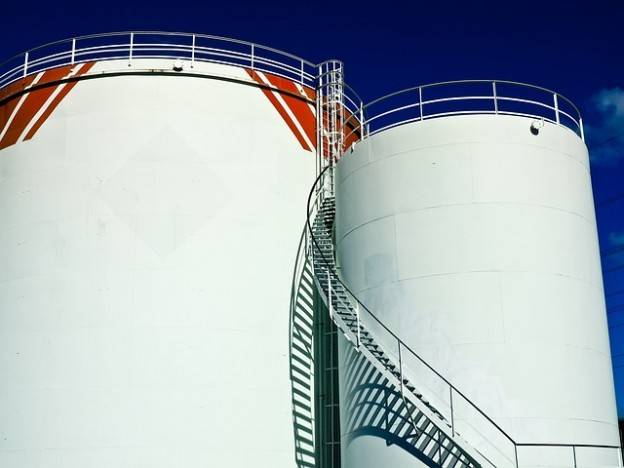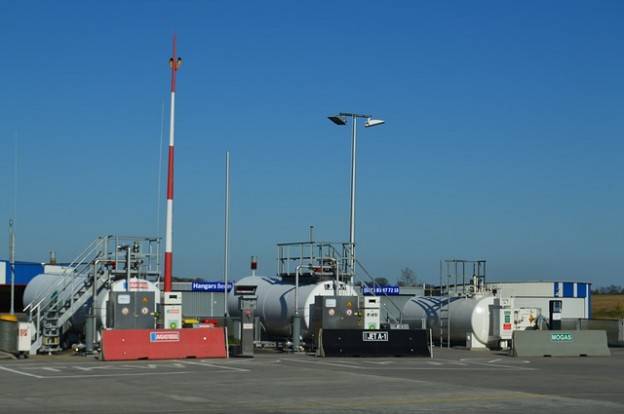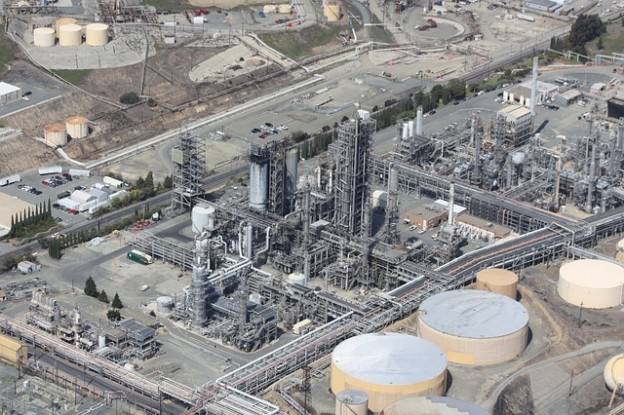A catalyst for hydrotreatment must be highly selective: reactions of C-C bond breaking or saturation of aromatic rings must practically not occur in its presence. It must be highly active in breaking С-S, С-N, С-О bonds and adequately active in reactions of saturation of unsaturated compounds (which form with light destruction or are already present in the raw material, if it is a mix with secondary process products). In the processes of hydrotreatment of various oil fractions and products, any sulfur resistant hydrating catalyst can be used, e.g. combinations of oxides and sulfides of cobalt (or nickel) with oxides or sulfides of molybdenum or tungsten, specifically cobalt (or nickel) molybdate, nickel sulfo tungstates etc.
Some of the catalysts which comply with these requirements are alumina-cobalt-molybdenum (ACM) and alumina-nickel-molybdenum (ANM). In some cases, alumina-nickel-molybdenum silicate (ANMS) is also used.
Hydrotreatment catalysts
|
Weight content, % of active components, minimum |
ACM |
ANM |
ANMS |
|
СоО NiО МоО3 SiO2 Max impurities Fe2О3 Na2O Strength Index on the chopping kg/m |
4.0 – 12.0 – 0.16 0.08 1.1 |
– 4.0 12.0 – 0.16 0.08 1.0 |
– 4.0 12.0 5.0-7.0 0.13 0.20 1.2 |
Catalysts commonly used in the US
|
Weight content, % |
Со-Мо |
Ni-Mo |
Co-Ni-Mo |
Ni-W |
|
СоО |
2-3.5 |
– |
1.25-2.5 |
– |
|
NiО |
– |
3-5.5 |
0.35-2.5 |
5-6 |
|
МоО3 |
9-15 |
13-18.5 |
10-11 |
– |
|
WО3 |
– |
– |
– |
19-20 |
|
Total oxides |
12-18 |
17-22.5 |
12.2-15 |
25 |
|
Weight ratio (СоО+ NiО) МоО3 (WО3) |
0.19-0.35 |
0.21-0.42 |
0.20-0.32 |
0.25-0.32 |
|
Atomic ratio (Co+Ni)Mo(W) |
0.22-0.41 |
0.25-0.5 |
0.24-0.38 |
0.25-0.32 |
All the catalysts are very durable mechanically and remain active for a long duration of time. Not only active component content, but also the ratio of metal in the catalyst is important. In ACM catalyst, the most effective ratio of cobalt to molybdenum is 1:5; it ensures maximum activity in hydrodesulfurization reactions. Such catalyst is highly selective and the reactions of C-C bond hydrocracking or saturation of aromatic rings practically do not occur in its presence. Besides, it is very stable to nuclei, which are usually present in the processed material. Moreover, it is sulfided beforehand, and some data indicate that sulfidation ensures good performance of the catalyst in hydrotreatment systems.
This catalyst is adequately active in reactions of unsaturated compound saturation, C-N and C-O bond breaking and is used in practice in hydrotreatment of all oil fractions and products except heavy petroleum residue. The active components of this catalyst are those, which form octahedral oxidic ions, i.e. СоО, СоМоО4 and “complex”. It has been found that the Со2+ ion is distributed evenly between tetrahedral and octahedral forms. Another widely used hydrotreatment catalyst is ANM (alumina-nickel-molybdenum). In terms of activity it is practically identical to ACM when treating distillates, but is preferable when treating raw materials with increase nitrogen compound and polycyclic aromatic hydrocarbon content. Besides, it si about 25% less expensive than ACM and allow 10-200С temperature reduction when hydrotreating light fractions. However, it quickly loses its initial high activity. The ANMS catalyst, due to addition of silica oxide, is stronger mechanically and thermally, and is somewhat better in hydration activity. However, long term influence of steam reduces its mechanical strength (also holds true for ANM).
For hydrotreatment, the temperature, partial pressure of hydrogen and hydrogen sulfide are the determining factors for maintaining the catalyst in sulfide form. It has been determined that the highest activity is demonstrated by molybdenum disulfide and mixed nickel sulfide (NiS and NiS2). The ANM catalyst requires sulfiding, which is not necessary for ACM. A lot of coke, sulfur and metals precipitate on the catalyst in the process: 7 – 20, 0.5 – 1.5 and 12 – 25% of catalyst weight respectively. It loses activity and the degree of desulfurization drops – it is the normal catalyst aging process. The main indication of catalyst aging is increased sulfur content in treated product. Some other factors which accelerate aging of the catalyst are:
- increased temperature, which decrease yield due to formation of gas and coke. For “fresh” catalyst (especially so for ACM) it is important to determine initial reactor temperature (usually 350-3700С);
- changing composition of the catalyst. For example, at 7600С the active nickel oxide on alumina oxide transforms into inactive nickel aluminate, sintering of catalyst occurs and active surface decreases;
- loss of active component; at around 6000С molybdenum trioxide evaporates;
- insufficient rate of desorption of formed products from the surface of the catalyst at insufficient partial pressure of hydrogen.
The catalyst is quite stable in oxidation or reduction environments up to 550-600 0С, however, long exposure to the same conditions in the presence of steam may lead to decrease of activity and strength. In this case the active surface of alumina oxide decreases and the volatility of the molybdenum oxide increases somewhat. To maintain catalyst activity in the system, first the temperature is raised gradually, and after reaching the allowable temperature maximum, the catalyst is regenerated or replaced with new. Since catalyst activity drops predominantly due to coke precipitation into its pores, the process of regeneration involves burning the coke. This process requires the hydrotreatment system to be switched to catalyst regeneration mode.
Particle size and catalyst forming is very important in operation of hydrotreatment systems. Of the three types – pelletized, ball and extruded, the latter are considered the best. No more than 5% of the catalyst used today are pelletized.
Forming method and particle size influence on catalyst performance in hydrotreatment.
|
Catalyst |
Grain size, mm |
Equivalent diameter, mm |
System pressure drop, kPa |
Relative activity. |
|
pelletized |
4.8 |
4.76 |
107 |
1.00 |
|
extruded |
3.2 |
3.66 |
109 |
1.16 |
|
pelletized |
3.2 |
3.18 |
111 |
1.24 |
|
extruded |
1.6 |
2.13 |
117 |
1.58 |
|
ball |
1.5 |
1.59 |
123 |
1.82 |
The information above demonstrates feasibility of using extruded catalysts in hydrotreatment. The advantages are especially evident when treating heavy distillates, since catalyst activity is higher than that of pelletized.






